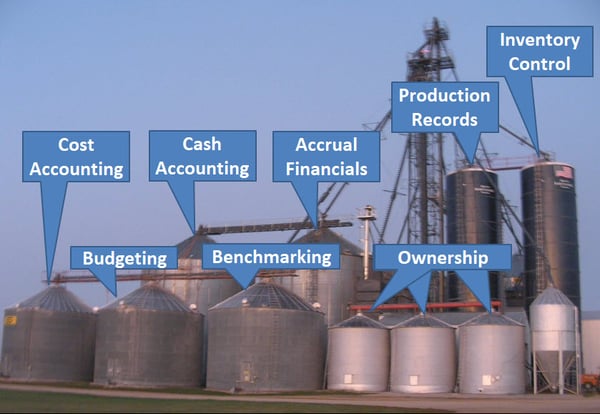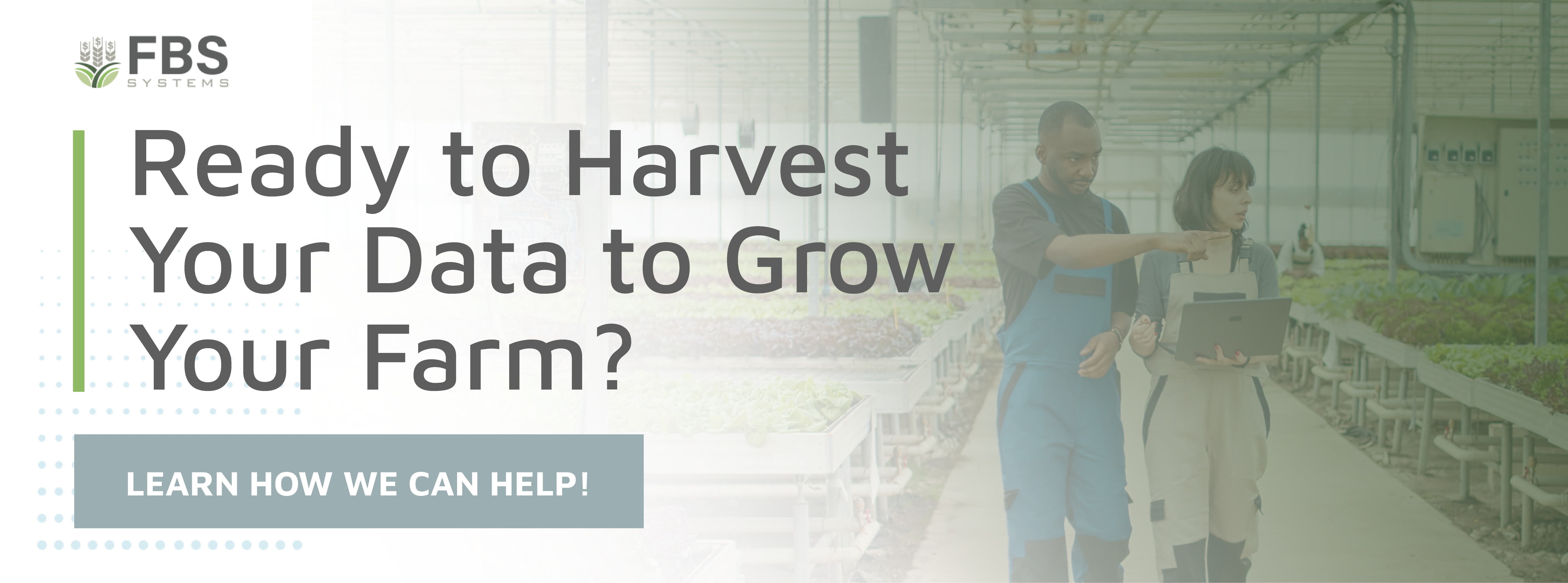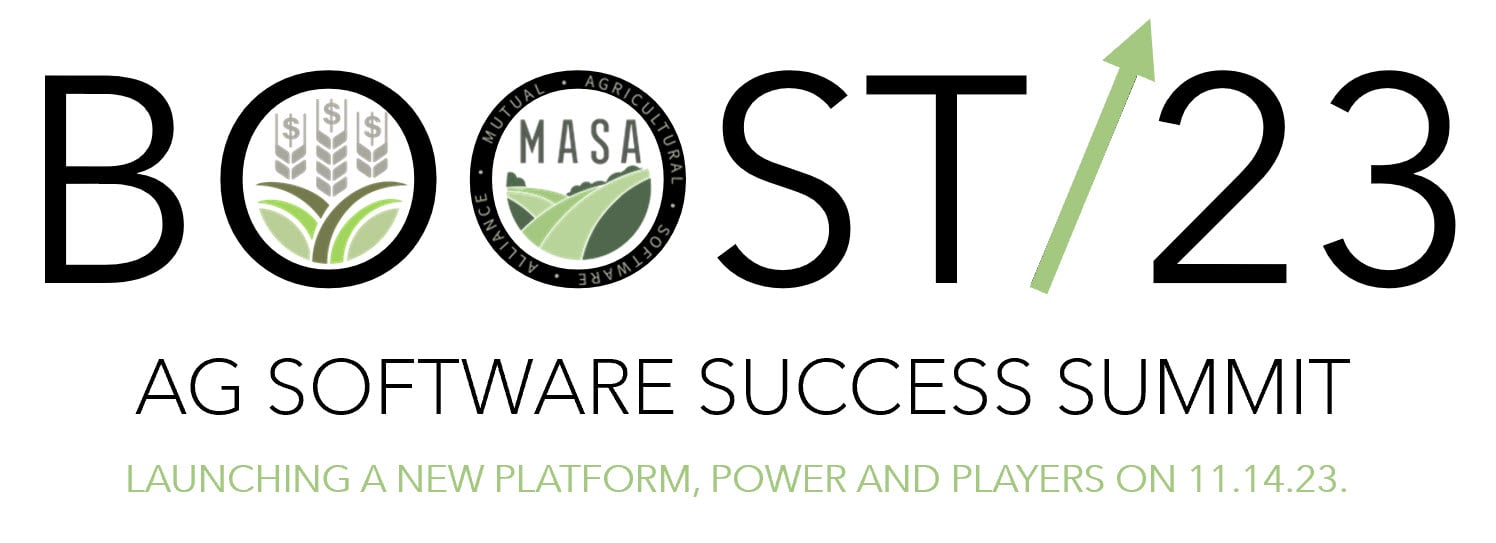Have you ever struggled with inaccurate data as a result of legacy tools or errors made as a result of manual entry? Truthfully, most businesses have and, thankfully, most have found a solution.
Enterprise resource planning software streamlines data entry and allows for connections between an array of processes already being conducted on your farm. Thanks to integration capabilities, it seems as though farmers have successfully found their “holy grail” for accurate data management and reporting.
What is Enterprise Resource Planning Software?
Complex farm operations require careful management to ensure all bases are covered. Instead of manually recording data related to production, revenue, livestock, and crops, just to name a few, enterprise resource planning (ERP) software can easily track these day-to-day activities.
Before ERP tools, farmers were reliant on standalone spreadsheets. This kind of manual-entry management provided too many opportunities for inaccurate reporting that impacted the way farmers managed their operations. Without confidence in the data, farmers couldn’t make well-informed decisions regarding production. That kind of risk is a significant problem when it comes time to submit financial data that requires detailed and up-to-date information.
The idea of ERP tools isn’t new by any means; it was originally created in the 1960s for inventory management in the manufacturing industry. Now, ERP has expanded into ag tech to streamline inventory management and data analysis for farms. This kind of software allows farmers to accurately input data and conduct analyses across different business processes, all on the same platform. Plus, with cloud-based storage, these tools can grow with you as your farm operation expands. This makes ERP software excellent for operations of all sizes.
How ERP Integration Helps Farmers Excel
ERP integration enables easy data synchronization and exchange between ERP systems and the other software programs or databases you’re already using on your farm. This connectivity between tools, which can all be accessed on your ERP system, allows for seamless integration and an array of detailed information, all in one place.
For many years, ag software developers have searched for the "holy grail" of integration of production and financial data. What's the big deal? Without integration capabilities, your ERP software won’t have access to the data that you’re looking for. By utilizing data from many sources and extending the capabilities of their ERP system, agriculture businesses can improve visibility, efficiency, and decision-making. Let’s take a closer look at what this means for farmers.
Efficiency
Thanks to ERP integration, you won’t need to manually input inventory reports, production amounts, and sales data. This means you won’t run the risk of duplicate data entries as a result of several spreadsheets floating around among staff members. Automated entries as a result of integrated tools will also save time so you can focus on running your business.
Improved Accuracy
Accurate financial reporting requires accurate information. Integrated ERP platforms allow you to Financially evaluate farming practices and activities. Plus, you’ll also trap errors by reconciling purchases, sales, consumption, and production.
More Data
Real-time updates of inventories, margins, and break-even costs will be right at your fingertips, thanks to integrated enterprise resource planning software. This means you can maintain a single management platform that simultaneously monitors and controls the 8 information "silos" of farm management: management accounting, cash accounting, accrual financials, production records, inventory control, budgeting, benchmarking, and ownership tracking. With more data, and more accuracy, you’ll be well equipped to make informed decisions based on up-to-date information from each of these focus areas.

Mobility
Thanks to cloud storage, ERP tools can scale as you grow. If you acquire more resources in the future, you shouldn’t have any issues compiling the new data into your integrated software.
Additionally, cloud computing means that you can access data across multiple devices. While you’re analyzing financial data, other team members can be out in the field working on the same tools. Enterprise resource planning tools allow you to bring your data with you, and expand, as needed.
Challenges of ERP Integration
Integrated technology has quickly taken the agriculture industry by storm. However, implementing a new tool has a learning curve and might be difficult to execute for some farm operations. Here are a few of the challenges that come with ERP integration.
Change in Mindset
If it ain’t broke, don’t fix it, right? While this might be true in some cases, integrated ERP tools can significantly enhance farm management processes. However, sometimes we find ourselves comfortable in our ways and it can be hard to transition from one method to an entirely new set of tools.
Customization
While the idea of creating a software tool that has the features your farm needs may sound appealing, some farmers find that this is quite overwhelming. Most ERP systems require a high degree of customization and implementation costs and none come "off the shelf" ready for conventional agricultural producers. The act of implementing and choosing the modules that are needed is time consuming, and might require a hefty implementation fee before you can use the software and its full range of capabilities.
Lack of Standardization
Enterprise resource planning software can vary significantly between products and industries. Since these tools are not all built the same, you need to have a thorough understanding of what you are looking for and be ready to commit to the necessary implementation processes. Once you know what you need out of an ERP tool, you can begin implementing it on your farm and integrating it with other software systems.
Automation Difficulty
Depending on your chosen ERP system, you might experience some incompatibility regarding the integrations that you need to link. When it comes to software integration projects, problems with data structure, format, and semantics are not uncommon. Additionally, setting up automations might be easier said than done. However, once automations are successfully built, they can help quicken reporting processes by providing real-time data outputs.
Software Consulting
Not everyone is tech-savvy, especially when it seems like there are new software updates being released in the technology space. It’s important to allow you and your team some time to get to know your new ERP tool. While managing farm operations, it can be difficult to find the time needed for in-depth training of a new program.
Find ERP Software that Grows with You
While implementing farm ERP software can seem daunting, the end result provides an abundance of accurate data that will help boost productivity and ease reporting struggles. Successful farm management requires confidence in your data, which can be achieved with ag-specific integrated ERP software tools from FBS Systems. Integration capabilities have changed the way we manage our information, and it can change the way you run your farm.
To learn more about farm management and accounting tools for your business, reach out to the FBS team today!
**Based on a presentation entitled "Financial and Management Accounting Software – Developments, Implementation Challenges, and Integration Issues" made in July of 2018 Farm Financial Standards Council (FFSC) Annual Conference in Champaign, Illinois.
















